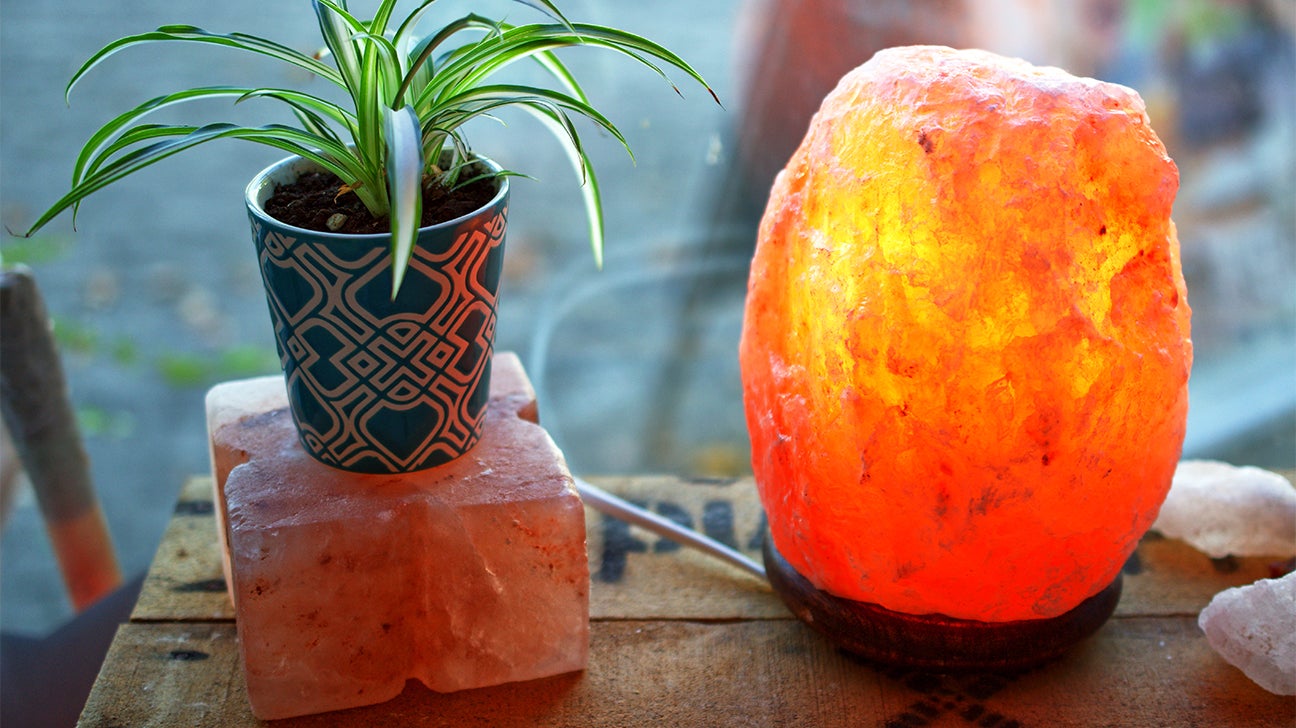

Furniture
How To Choose A Salt Lamp
Modified: August 31, 2024
Looking for furniture? Learn how to choose a salt lamp that complements your home decor. Enhance your space with the perfect furniture accessory.
(Many of the links in this article redirect to a specific reviewed product. Your purchase of these products through affiliate links helps to generate commission for Storables.com, at no extra cost. Learn more)
Introduction
Welcome to the world of salt lamps! These beautiful and intriguing pieces of decor have been gaining popularity in recent years for their unique aesthetics and potential health benefits. If you’re considering adding a salt lamp to your home or office, this article will guide you through the process of choosing the perfect salt lamp for your needs.
But first, let’s start with the basics: what exactly is a salt lamp? A salt lamp is made from a solid piece of natural Himalayan salt, typically mined from the Khewra Salt Mine in Pakistan. These salt crystals are millions of years old and contain various minerals and trace elements that give them their distinctive pinkish-orange hue.
Now you may be wondering, why should I invest in a salt lamp? Well, besides their aesthetic appeal, salt lamps are believed to have several potential benefits. One of the most well-known benefits is their ability to purify the air. Salt lamps are hygroscopic, meaning they attract and absorb water molecules from the surrounding environment. This process helps to reduce indoor air pollution by trapping allergens, pollutants, and even bacteria within the salt crystal.
In addition to air purification, salt lamps are also thought to emit negative ions when the salt crystal is heated. Negative ions are believed to have a range of positive effects on our well-being, such as reducing stress, improving mood, and boosting overall energy levels. Some users even report better sleep quality and relief from respiratory issues when using salt lamps regularly.
Now that you’re aware of the potential benefits, let’s move on to the next section, which will explore the factors to consider when choosing a salt lamp.
Key Takeaways:
- When choosing a salt lamp, prioritize authenticity and quality by selecting lamps made from genuine Himalayan salt. Consider factors such as size, shape, color, and lighting options to create the perfect ambiance in your space.
- Maintenance and care are essential for prolonging the life of your salt lamp. Regular cleaning, proper placement, and bulb replacement contribute to the longevity and optimal performance of these unique decor pieces.
Read more: How To Care For A Salt Lamp
What is a Salt Lamp?
A salt lamp is a unique and natural lighting fixture that is made from a solid piece of Himalayan salt. These salt crystals are handcrafted and hollowed out, with a small light bulb placed inside to illuminate the crystal from within.
The pinkish-orange hue of salt lamps is due to the presence of minerals and trace elements found in the Himalayan salt. These minerals, such as iron, magnesium, and potassium, give the lamp its warm and soothing glow.
The origins of salt lamps can be traced back to the Khewra Salt Mine in Pakistan. This ancient salt mine, which is believed to be over 2,000 years old, is home to rich deposits of Himalayan salt. Miners extract large chunks of salt from the mine, which are then transformed into various products, including salt lamps.
Besides their aesthetic appeal, salt lamps are known for their hygroscopic properties. This means that they have the ability to attract and absorb moisture from the air. As the lamp heats up, the moisture evaporates, and any contaminants or impurities in the water are left behind, effectively purifying the air in the surrounding area.
The size and shape of salt lamps can vary, ranging from small spheres and pyramids to larger, sculptural pieces. Some salt lamps are left in their raw, natural form, while others are carved into various shapes or fitted into decorative bases.
It’s important to note that salt lamps are not just ordinary lighting fixtures. They are considered to be natural ionizers as well. When the salt crystal is heated by the light bulb inside the lamp, negative ions are released into the air. Negative ions are abundant in nature, particularly in places like forests, near waterfalls, or after a thunderstorm. These ions are believed to have numerous health benefits, including boosting mood, improving focus and concentration, and enhancing overall well-being.
Now that you have a better understanding of what a salt lamp is, let’s dive into the various benefits of using one in your living or working space.
Benefits of Using a Salt Lamp
While salt lamps are visually appealing, they offer more than just an aesthetic addition to your home or office decor. Here are some of the key benefits of using a salt lamp:
- Improved air quality: Salt lamps are natural air purifiers. When heated, they attract moisture from the air, and as the water evaporates, any airborne contaminants, such as dust, pollen, and smoke, become trapped within the salt crystal. This helps to create a cleaner and fresher environment.
- Allergy relief: Salt lamps can provide relief for those suffering from allergies, asthma, or other respiratory conditions. By reducing airborne allergens and pollutants, they may alleviate symptoms such as coughing, sneezing, and congestion.
- Enhanced mood and relaxation: The soft, warm glow emitted by salt lamps creates a calming and soothing ambiance. Many people find that having a salt lamp in their space helps to promote relaxation, reduce stress, and improve mood.
- Improved sleep quality: The negative ions released by salt lamps can have a positive impact on sleep quality. These ions are believed to increase the levels of serotonin, a neurotransmitter that contributes to feelings of well-being and relaxation, and promote a more restful sleep.
- Increased focus and concentration: Negative ions have been found to enhance mental clarity, focus, and concentration. Having a salt lamp in your workspace can potentially improve productivity and creativity.
- Natural dehumidifier: Salt lamps can help to reduce excess moisture in the air, which is beneficial for humid environments. This can assist in preventing the growth of mold, mildew, and bacteria.
- Beautiful and unique decor: Apart from their health benefits, salt lamps make for stunning decorative pieces. Their warm and gentle glow adds a touch of natural beauty and elegance to any space.
It’s important to note that while many people report positive experiences with salt lamps, scientific research on their health benefits is limited. The evidence supporting these claims is mostly anecdotal, and individual results may vary.
Now that you’re aware of the potential benefits, let’s move on to the factors you should consider when choosing a salt lamp.
Factors to Consider When Choosing a Salt Lamp
When selecting a salt lamp, there are several important factors to take into account to ensure you find the perfect one for your needs. Consider the following factors when making your decision:
- Size and Shape: Salt lamps come in various sizes and shapes, ranging from small spheres to larger pyramid or cylindrical designs. Consider the space where you plan to place the lamp and choose a size and shape that complements the surroundings.
- Type of Salt: Authentic Himalayan salt is the best choice for salt lamps, as it contains the minerals and trace elements that give the lamp its unique properties. Look for lamps made from pure Himalayan salt to ensure you’re getting the genuine product.
- Quality and Authenticity: With the growing popularity of salt lamps, it’s important to ensure you’re purchasing a high-quality and authentic product. Look for reputable sellers and read customer reviews to verify the authenticity and quality of the salt lamp.
- Color of the Salt Lamp: Salt lamps come in various shades of pink and orange. The color is determined by the mineral content in the salt crystal. Choose a color that appeals to you and complements the aesthetics of your space.
- Lighting and Bulb Options: Consider the type of lighting and bulb used in the salt lamp. Most salt lamps use a small incandescent bulb or a heat-generating LED bulb to warm the salt crystal. Ensure that the lamp comes with a reliable and long-lasting bulb.
- Maintenance and Care: Salt lamps are relatively low-maintenance, but it’s still important to know how to care for them properly. Consider the cleaning and maintenance requirements of the lamp, such as wiping the surface to remove dust or using a soft brush to clean hard-to-reach areas.
- Price Range: Salt lamps can vary in price depending on their size, quality, and other factors. Set a budget and consider the value you’re getting for your money. Remember, a higher price doesn’t always guarantee better quality.
By considering these factors, you can make an informed decision and find a salt lamp that meets your preferences and requirements. Remember, each salt lamp is unique, so take your time to explore different options and choose the one that resonates with you.
Now that you know what to look for, let’s move on to the next steps in your salt lamp journey, including maintenance and care tips.
Size and Shape of the Salt Lamp
When it comes to choosing a salt lamp, considering the size and shape is crucial. The size and shape of the lamp will not only impact its visual appeal but also its functionality and placement within your space.
First, let’s talk about the size of the salt lamp. Salt lamps come in a range of sizes, from small ones that fit in the palm of your hand to larger ones that can be several pounds in weight. The size you choose should be based on the area where you plan to place the lamp and your personal preference.
If you have a small desk or nightstand, a compact salt lamp can be a great option. These smaller lamps are typically around 5 to 7 inches in height and are ideal for creating a cozy and intimate ambiance in a confined space. They also make excellent gifts for friends or loved ones who may not have a lot of room for larger salt lamps.
On the other hand, if you have a larger living room or office space, you might consider a bigger salt lamp. These larger lamps, ranging from 8 to 12 inches in height, can serve as a statement piece in a room. They emit more light and cover a larger area, creating a warm and inviting atmosphere. Keep in mind that bigger lamps will also have a higher salt crystal volume and may release more negative ions into the air.
Now, let’s discuss the shape of the salt lamp. Salt lamps come in various shapes, including spheres, pyramids, cylinders, and natural rock formations. The shape you choose should complement the overall aesthetic of your space and align with your personal taste.
Spherical salt lamps offer a classic and elegant look. They have a smooth and symmetrical shape that fits well in any room. These lamps emit a soft and diffused light, casting a warm and gentle glow around the room.
Pyramid-shaped salt lamps are becoming increasingly popular due to their unique and eye-catching design. They add a touch of modernity and sophistication to any space. The pointed shape of the pyramid allows the light to be directed upward, creating an intriguing play of shadows and illumination.
Cylindrical salt lamps have a sleek and contemporary appearance. With their smooth and elongated shape, they are perfect for modern or minimalist interiors. These lamps emit a focused and directional light, making them ideal for use as task lighting or for creating a spotlight effect on a specific area.
Last but not least, natural rock-shaped salt lamps showcase the raw beauty of the salt crystal. These lamps maintain the original shape of the salt, retaining their organic and earthy feel. They offer a unique and rustic look that can add character and charm to any room.
Ultimately, the choice of size and shape comes down to your personal preference and the style of your space. Take into consideration the available space, desired lighting effect, and the overall aesthetics you want to achieve when selecting the perfect size and shape of your salt lamp.
In the next section, we’ll explore the type of salt used in salt lamps and its importance. Stay tuned!
Read more: How To Use A Salt Lamp
Type of Salt Used
When choosing a salt lamp, one of the most important factors to consider is the type of salt used in its construction. While salt lamps may appear similar at first glance, the quality and authenticity of the salt can greatly affect the lamp’s performance and overall benefits.
The best salt for salt lamps is authentic Himalayan salt, which is sourced from the Khewra Salt Mine in Pakistan. This ancient salt mine is known for producing high-quality Himalayan salt that contains numerous minerals and trace elements, giving it its characteristic pinkish-orange color.
The unique composition of Himalayan salt is what sets it apart from regular table salt. This salt is formed over millions of years and has become a natural source of essential minerals such as iron, magnesium, potassium, and calcium, as well as trace elements like zinc and selenium.
These minerals and trace elements are believed to contribute to the potential health benefits associated with salt lamps. When the salt crystal is heated by the lamp’s light bulb, it releases negative ions into the air, which can have a positive impact on our well-being.
It’s important to note that not all salt lamps in the market are made from authentic Himalayan salt. Some cheaper alternatives may be made from lower-quality salt or even imitations made from other materials. These lamps may not offer the same benefits as genuine Himalayan salt lamps.
So, how can you ensure that you’re purchasing a salt lamp made from authentic Himalayan salt? Here are a few tips:
- Buy from reputable sellers: Choose trusted sellers or stores that specialize in salt lamps. They are more likely to source their products from reliable suppliers who provide genuine Himalayan salt.
- Check for authenticity certifications: Look for salt lamps that come with certifications or labels indicating their authenticity. These certifications can provide reassurance that the salt lamp is made from genuine Himalayan salt.
- Examine the color and texture: Authentic Himalayan salt lamps typically have a translucent pink to orange color. The salt should appear uneven in texture, as it is a natural rock formation. Avoid lamps that appear too uniform or have a vibrant color, as these may be signs of artificial coloring or a different type of salt.
- Read customer reviews: Take the time to read reviews from other customers who have purchased the salt lamp. Their experiences can provide valuable insights into the quality and authenticity of the product.
By ensuring that your salt lamp is made from authentic Himalayan salt, you can maximize its potential benefits and enjoy the unique properties that this ancient salt offers.
In the next section, we will explore the quality and authenticity of salt lamps. Stay tuned!
When choosing a salt lamp, look for one that is made from 100% natural Himalayan salt, has a UL-approved cord, and emits a warm, soothing glow. Avoid lamps with excessive white spots, as they may be fake.
Quality and Authenticity
When purchasing a salt lamp, it’s important to consider the quality and authenticity of the product. With the rise in popularity of salt lamps, there are now many options available in the market, but not all of them may meet the desired standards. Here are some key factors to keep in mind when assessing the quality and authenticity of a salt lamp:
1. Reputable Seller: Purchase your salt lamp from a trusted and reputable seller. Look for well-established stores or online platforms that specialize in natural home decor or wellness products. These sellers are more likely to source their salt lamps from reliable suppliers and ensure the authenticity and quality of their products.
2. Certification: Look for certifications or labels that indicate the authenticity of the salt lamp. One such certification is the “Genuine Himalayan Crystal Salt” seal. This certification ensures that the salt lamp is made from genuine Himalayan salt and meets certain quality standards. Additionally, check for certifications from reputable organizations or agencies that validate the authenticity and purity of the salt used.
3. Craftsmanship: Examine the craftsmanship of the salt lamp. A high-quality salt lamp will have careful and precise finishing. The salt crystal should be securely mounted on a sturdy base or holder. The lamp should also be well-assembled, with no loose parts or wobbling. Pay attention to the overall appearance of the lamp and ensure that it is visually appealing and well-crafted.
4. Customer Reviews: Read customer reviews and feedback before making a purchase. Genuine customer reviews can provide valuable insights into the quality and authenticity of the salt lamp. Look for reviews from verified buyers who have had a positive experience with the product. If there are consistent complaints or indications of low quality, it may be wise to consider alternative options.
5. Price: While price is not always a definitive indicator of quality, it can provide some insights. Cheap salt lamps may be made from lower-grade salt or even synthetic materials. Quality salt lamps made from authentic Himalayan salt require careful extraction and craftsmanship, which can contribute to a higher price. Be cautious of excessively low prices, as they may indicate subpar quality or authenticity.
By considering these factors, you can ensure that the salt lamp you choose is of high quality and authenticity. Remember that a high-quality salt lamp will not only provide aesthetic value but also offer the potential health benefits associated with genuine Himalayan salt.
In the next section, we will discuss the color of the salt lamp and its impact on your space. Keep reading!
Color of the Salt Lamp
The color of a salt lamp is one of its most visually striking features. The warm hues of pink and orange are characteristic of genuine Himalayan salt lamps and can vary in intensity and tone. Understanding the significance of the color can help you select a salt lamp that best suits your preferences and complements your space.
Himalayan salt lamps come in a range of shades, from pale pink to deep orange. The color primarily depends on the mineral content and impurities present in the salt crystal. Here are some common color variations you may come across:
- Pale Pink: Salt lamps with a pale pink color are the most common. This color signifies a higher purity level, as it indicates a lower concentration of impurities. Pale pink salt lamps emit a gentle and soothing glow, creating a soft and relaxing ambience in your space.
- Mid-Tone Pink to Orange: These salt lamps have a deeper, more vibrant color. The intensity of the color indicates a slightly higher presence of minerals and impurities, which can result in a more robust emission of negative ions. The mid-tone pink to orange lamps add a warm and cozy ambiance to your space, making them perfect for creating a calming atmosphere.
- Deep Orange: Salt lamps with a deep orange color have the highest mineral content and impurities. This intense color is a result of the presence of iron oxide in the salt crystal. Deep orange salt lamps emit a rich and radiant glow, creating a cozy and inviting atmosphere. These lamps make great statement pieces and can be a focal point in your room.
The color of the salt lamp can affect the overall aesthetics of your space. Consider the existing color scheme and decor in your room when choosing a salt lamp. A pale pink salt lamp can blend seamlessly into various interior styles and color palettes. A mid-tone pink to orange salt lamp can add a subtle pop of color and create a warm ambiance. A deep orange salt lamp can make a bold statement and be a captivating centerpiece in your space.
Keep in mind that natural variations in color are normal and expected in salt lamps. Each salt crystal is unique, so no two lamps will be exactly alike. Embrace the natural beauty and uniqueness of the colors as they add to the charm and authenticity of the salt lamp.
Now that we’ve explored the color aspect, let’s move on to the lighting and bulb options for salt lamps. Stay tuned!
Lighting and Bulb Options
The lighting and bulb options are essential considerations when choosing a salt lamp. The right lighting can enhance the ambiance, visual appeal, and functionality of the lamp. Let’s delve into the different lighting and bulb options available for salt lamps:
Incandescent Bulbs: Traditional incandescent bulbs are commonly used in salt lamps. These bulbs emit a warm, soft glow that accentuates the natural beauty of the salt crystal. Incandescent bulbs come in various sizes and wattages, so you can choose the one that best suits your preferences and desired level of illumination. However, it’s important to note that incandescent bulbs can generate heat, so it’s crucial to ensure that the lamp is properly ventilated and the bulb does not touch the salt crystal directly.
LED Bulbs: LED bulbs are another popular option for salt lamps. LED bulbs are energy-efficient, long-lasting, and generate minimal heat compared to incandescent bulbs. They are available in a wide range of colors and can provide different lighting effects, such as adjustable brightness or color-changing options. LED bulbs are a safe choice for salt lamps as they don’t pose a risk of overheating the salt crystal. They are particularly ideal if you plan on leaving the lamp on for extended periods or overnight.
Salt Lamp Cord with Dimmer Switch: Some salt lamps come with a cord that includes a built-in dimmer switch. This feature allows you to adjust the brightness of the lamp to create the desired atmosphere in your space. With a dimmer switch, you have the flexibility to set the lighting to a lower level for a cozy and relaxing ambiance or increase it for brighter and more functional lighting. The dimmer switch also helps to prolong the lifespan of the bulb and can save energy when the lamp is not in use.
When choosing the lighting and bulb option for your salt lamp, consider the following factors:
Functionality: Consider the purpose or function of the salt lamp in your space. If you primarily want it for decorative purposes or soft ambient lighting, you may prefer a lower wattage bulb or an LED bulb with adjustable brightness. If you intend to use the lamp for task lighting or as a primary light source, a higher wattage incandescent bulb may be more suitable.
Energy Efficiency: If energy efficiency is a priority for you, LED bulbs are the best choice. LED bulbs consume less electricity and have a longer lifespan compared to incandescent bulbs. They are also more environmentally friendly, producing less heat and reducing energy consumption.
Personal Preference: Consider your personal preference for the color and intensity of the light emitted. Some individuals prefer warm, soft lighting, while others may prefer brighter or cooler-toned lighting. Experiment with different bulbs and lighting options to find the one that creates the desired ambiance and mood in your space.
Ensure that the salt lamp you choose comes with a reliable and compatible bulb socket to ensure proper installation and safety. Always follow the manufacturer’s recommendations and guidelines for bulb replacement and use.
In the next section, we’ll explore the maintenance and care of salt lamps. Stay tuned!
Read more: Where To Place A Salt Lamp
Maintenance and Care
Maintaining and caring for your salt lamp is important to ensure its longevity and optimal performance. While salt lamps are relatively low-maintenance, here are some essential tips to keep your lamp looking and functioning its best:
Cleaning: Regularly dust your salt lamp with a dry or slightly damp cloth to remove any accumulated dust or debris. Be sure to unplug the lamp before cleaning and avoid using any harsh chemicals or abrasive cleaners, as they can damage the salt crystal. For hard-to-reach areas, you can use a soft brush or a toothbrush to gently clean the surface.
Avoid Exposure to Moisture: Salt lamps are hygroscopic, meaning they attract and absorb moisture. To prevent damage, keep your salt lamp away from areas of high humidity or moisture, such as bathrooms or near windows that are frequently opened. If your lamp does come into contact with moisture, allow it to dry thoroughly before plugging it back in.
Avoid Direct Sunlight: Direct sunlight can cause the color of the salt lamp to fade over time. To preserve the natural color and beauty of the lamp, place it in an area where it is not exposed to direct sunlight for extended periods.
Regular Use: To enjoy the full benefits of your salt lamp, it is recommended to keep it turned on as much as possible. The heat generated by the bulb will release negative ions into the air, contributing to the lamp’s air-purifying properties. If you need to turn off the lamp for an extended period, it’s a good practice to cover it with a cloth or plastic bag to protect it from dust accumulation.
Bulb Replacement: Over time, the bulb in your salt lamp may need replacement. Follow the manufacturer’s instructions for replacing the bulb and ensure that the wattage and socket type are compatible with the lamp. Check the bulb periodically for any signs of damage or wear, and replace it if necessary.
Placement: Choose an appropriate location for your salt lamp, away from excessive heat sources or direct drafts. Excessive heat can cause the salt crystal to sweat or melt, while direct drafts can accelerate the evaporation of the moisture trapped within the lamp. It’s also a good idea to place the salt lamp on a protective mat or coaster to prevent any potential damage to furniture surfaces.
By following these maintenance and care tips, you can prolong the life of your salt lamp and ensure that it continues to provide its unique benefits and aesthetic charm for years to come.
Now that you’re well-versed in the maintenance of salt lamps, let’s move on to the price range of these unique home decor pieces.
Price Range
The price range for salt lamps can vary depending on several factors, including the size, quality, and design of the lamp. Here are some general guidelines to help you understand the price range of salt lamps:
Small Salt Lamps: Small salt lamps, typically ranging from 5 to 7 inches in height, are usually more affordable. These compact lamps are perfect for smaller spaces or as decorative accents. The price of small salt lamps can range from $15 to $30, depending on the quality of the salt and the craftsmanship.
Medium Salt Lamps: Medium-sized salt lamps, around 8 to 10 inches in height, offer a balance between affordability and visual impact. These lamps are suitable for medium-sized rooms and can add a cozy ambiance to your space. The price range for medium salt lamps typically falls between $30 and $50, depending on factors such as the quality of the salt and the complexity of the design.
Large Salt Lamps: Larger salt lamps, measuring over 10 inches in height, make a statement in any room. These lamps are ideal for larger spaces or as focal points. The price of large salt lamps can range from $50 to $100 or more, depending on the size, quality, and design intricacy.
It’s important to note that the price of salt lamps can also be influenced by factors such as the authenticity of the salt, certifications, and the reputation of the seller or brand. Authentic Himalayan salt lamps, sourced from reputable suppliers, may come at a higher price due to the quality and authenticity of the salt used.
While it can be tempting to opt for cheaper salt lamps, it’s essential to ensure their authenticity and quality. Cheaper alternatives may be made from lower-quality salts or even imitations made from synthetic materials.
When purchasing a salt lamp, consider your budget and the value you’re getting for your money. Remember, a higher price doesn’t always guarantee better quality, but it can be an indicator of the authenticity of the salt and the craftsmanship of the lamp.
Before making a purchase, read customer reviews and do your research to ensure that the salt lamp you choose offers a fair price for its size, quality, and benefits.
Now that you have an idea of the price range for salt lamps, let’s conclude our journey through the world of salt lamps.
Conclusion
In conclusion, salt lamps are not only unique and aesthetically pleasing decor pieces but also offer potential health benefits and a soothing ambiance to any space. Choosing the right salt lamp involves considering various factors, including size, shape, type of salt used, quality, color, lighting options, maintenance, and price range.
Remember to select a salt lamp made from authentic Himalayan salt, as it contains the minerals and trace elements that contribute to the lamp’s potential benefits. Look for reputable sellers and certifications to ensure the authenticity and quality of the salt lamp you choose.
Consider the size and shape of the salt lamp based on your available space and personal preference. Explore the different shades of pink and orange to find the color that best suits your aesthetic and complements your existing decor.
Lighting and bulb options play a crucial role in creating the desired ambiance in your space, so choose between incandescent bulbs or LED bulbs based on your energy efficiency needs and personal preference. Don’t forget to consider the maintenance and care requirements to keep your salt lamp looking and functioning its best over time.
Lastly, be aware of the price range and ensure that you are getting a fair value for the size, quality, and benefits of the salt lamp you select. While price is an important consideration, prioritize authenticity and quality over low cost to enjoy the full potential of your salt lamp.
Whether you are looking to enhance the air quality in your home, create a tranquil environment, or add a touch of natural beauty to your space, a salt lamp can be a wonderful addition. Embrace the fascinating world of salt lamps and discover the unique benefits they can bring to your daily life.
Now that you are equipped with the knowledge to choose the perfect salt lamp, go forth and find the one that resonates with your style and needs. Enhance your living or working space with the warm glow and potential health benefits of a salt lamp.
Frequently Asked Questions about How To Choose A Salt Lamp
Was this page helpful?
At Storables.com, we guarantee accurate and reliable information. Our content, validated by Expert Board Contributors, is crafted following stringent Editorial Policies. We're committed to providing you with well-researched, expert-backed insights for all your informational needs.
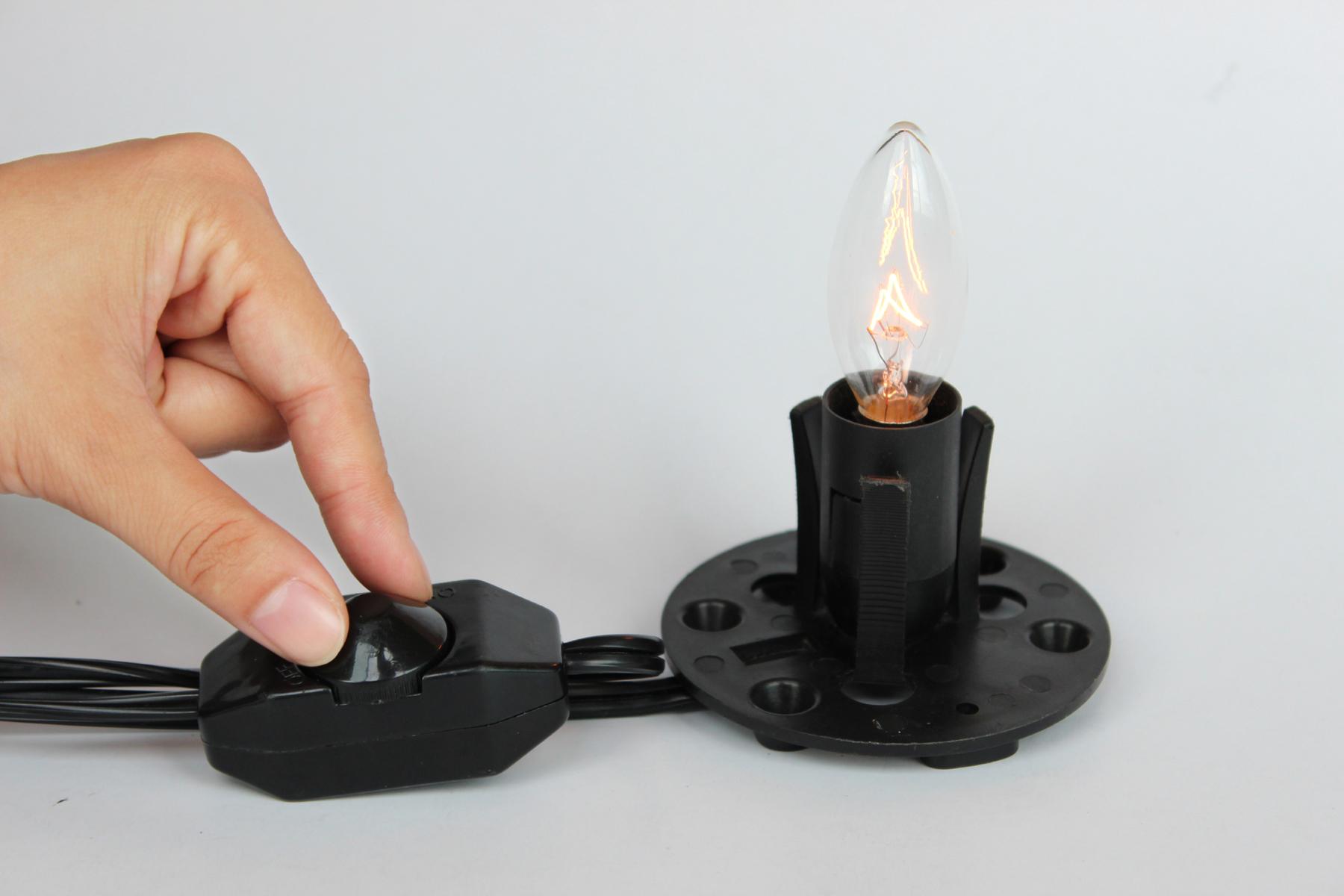
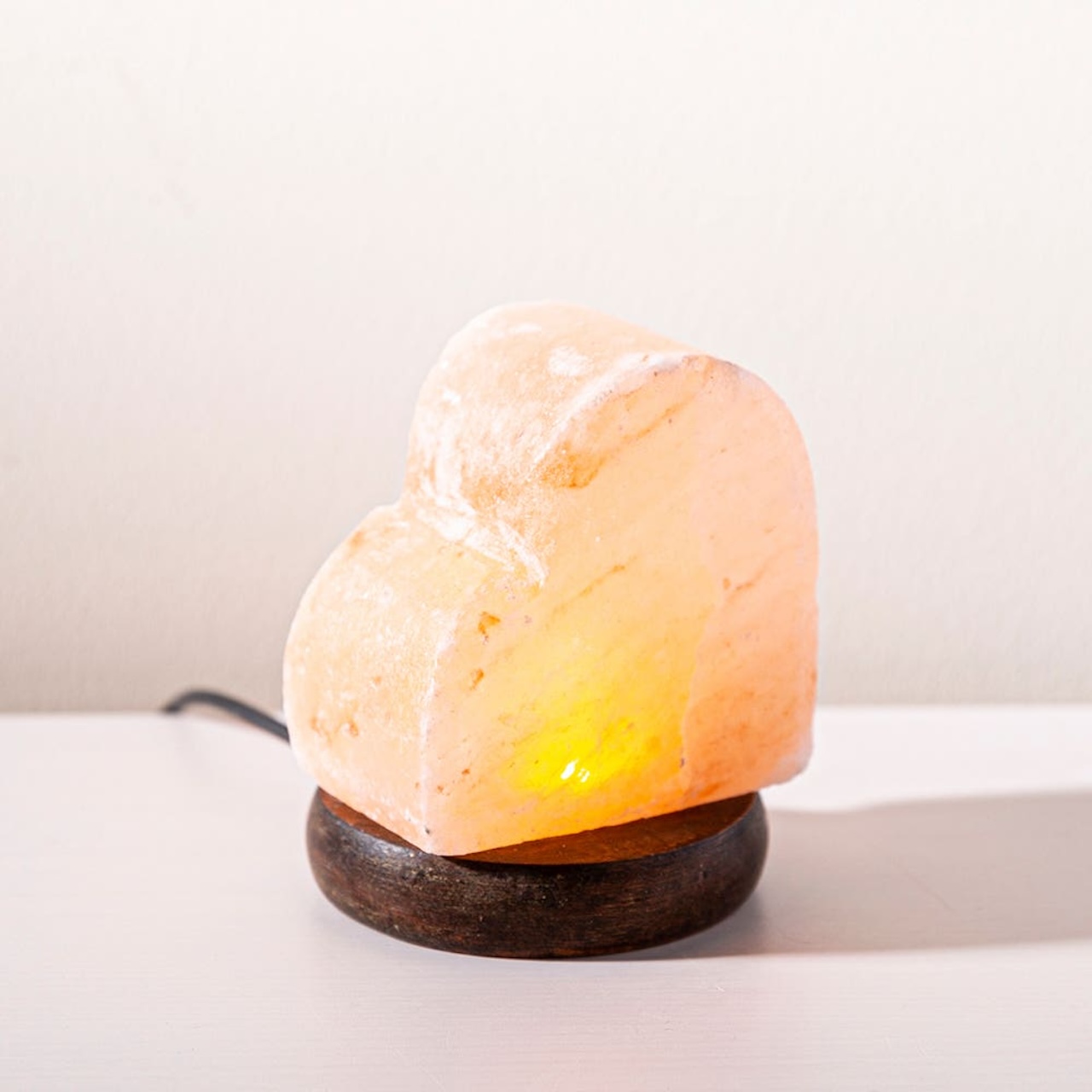
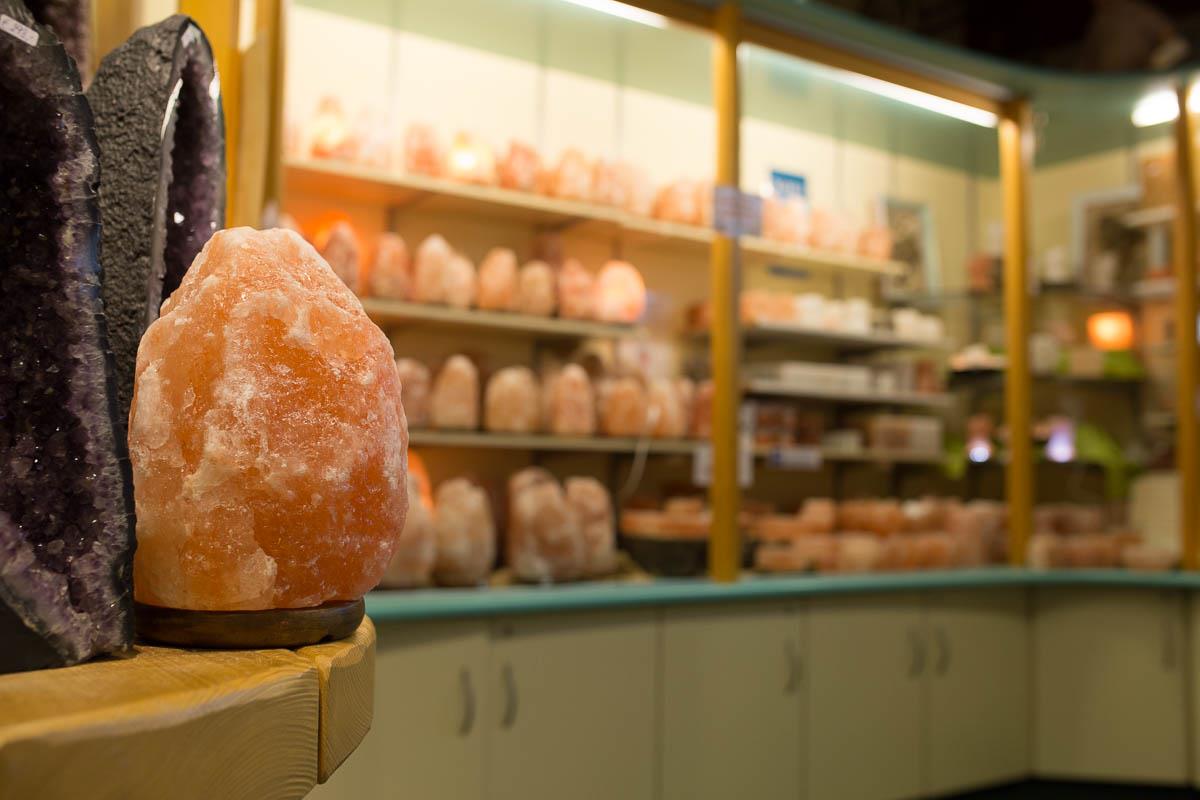
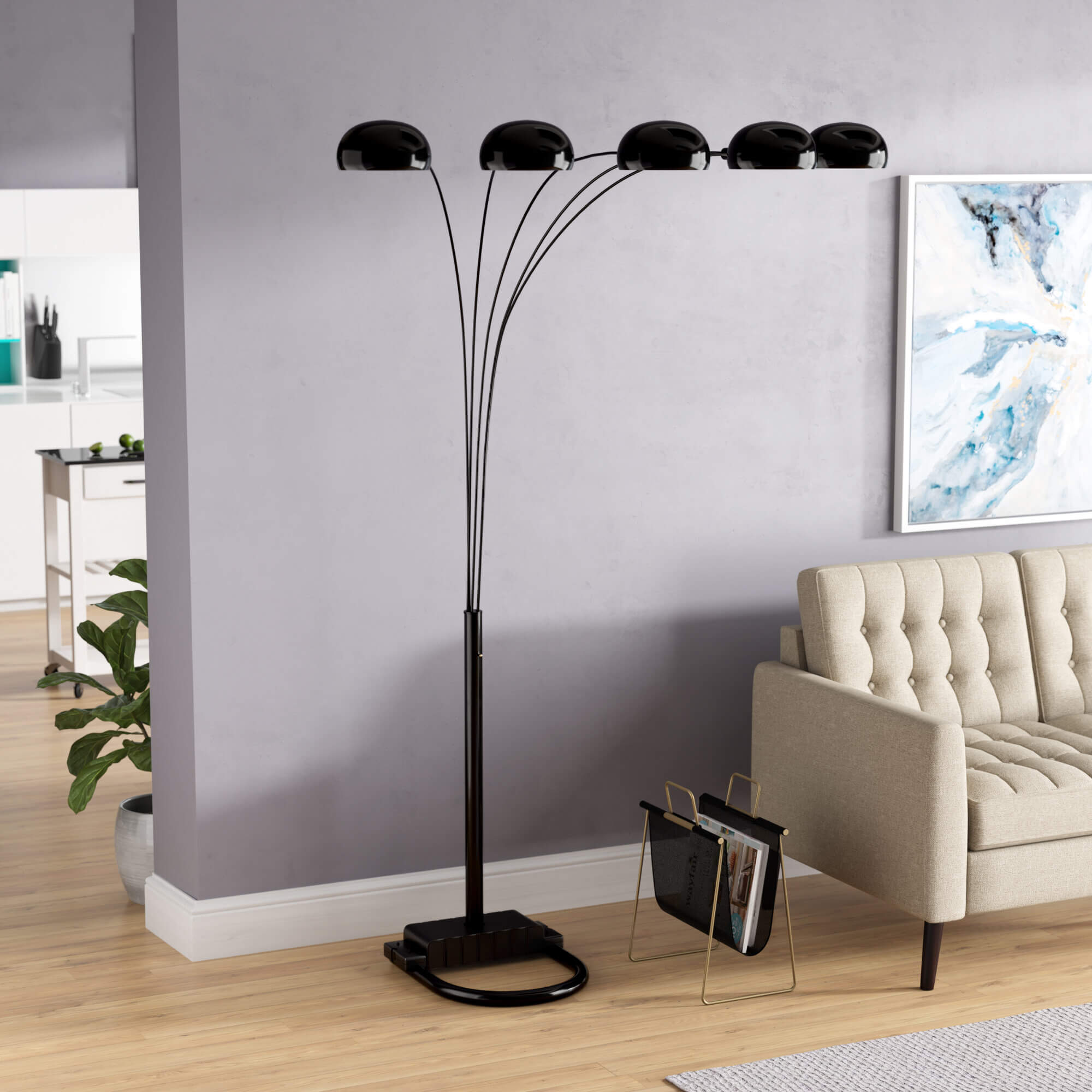
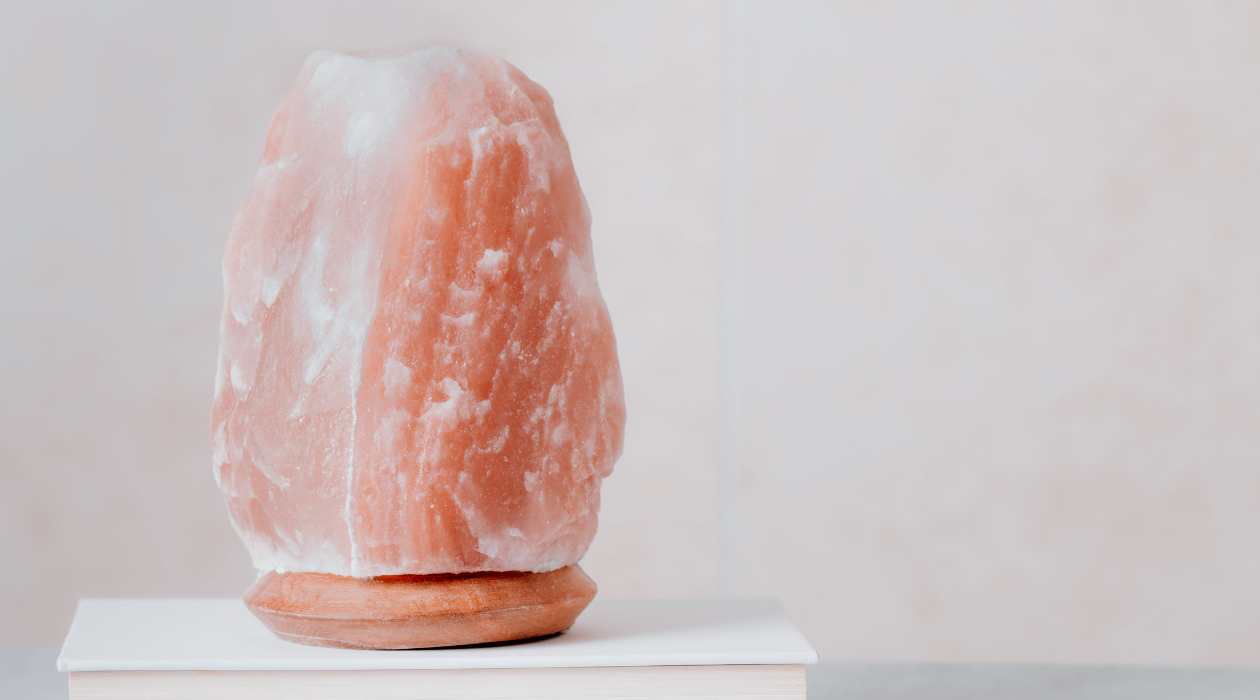
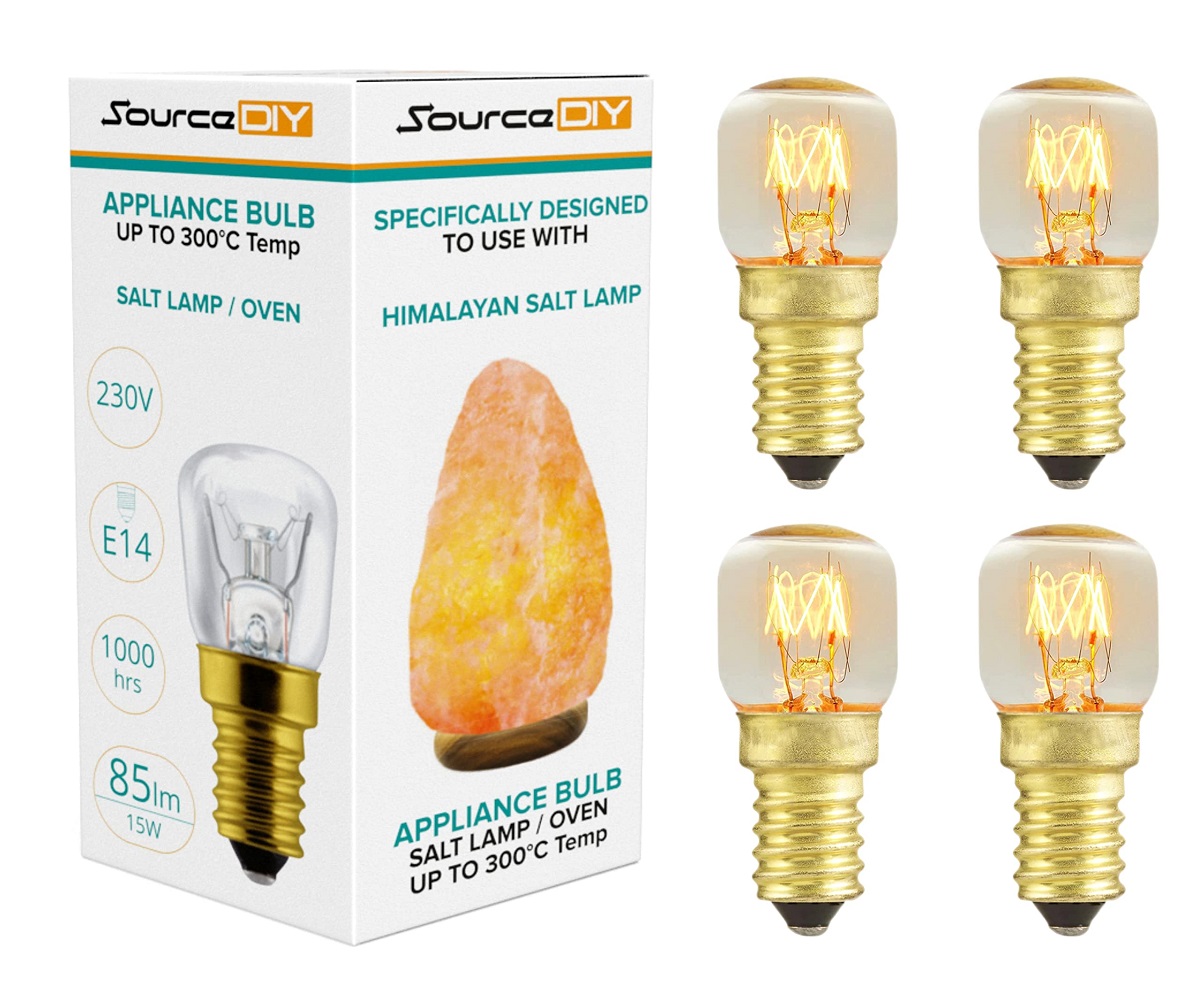
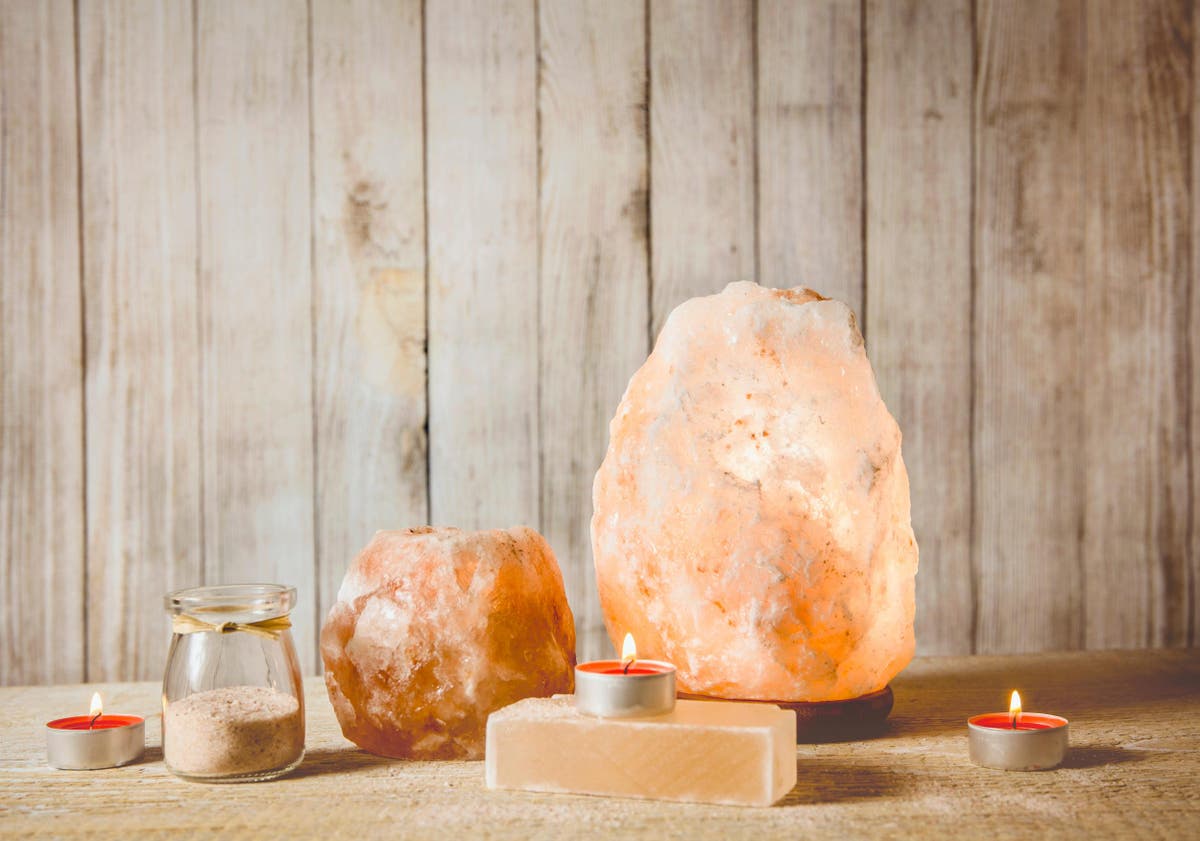
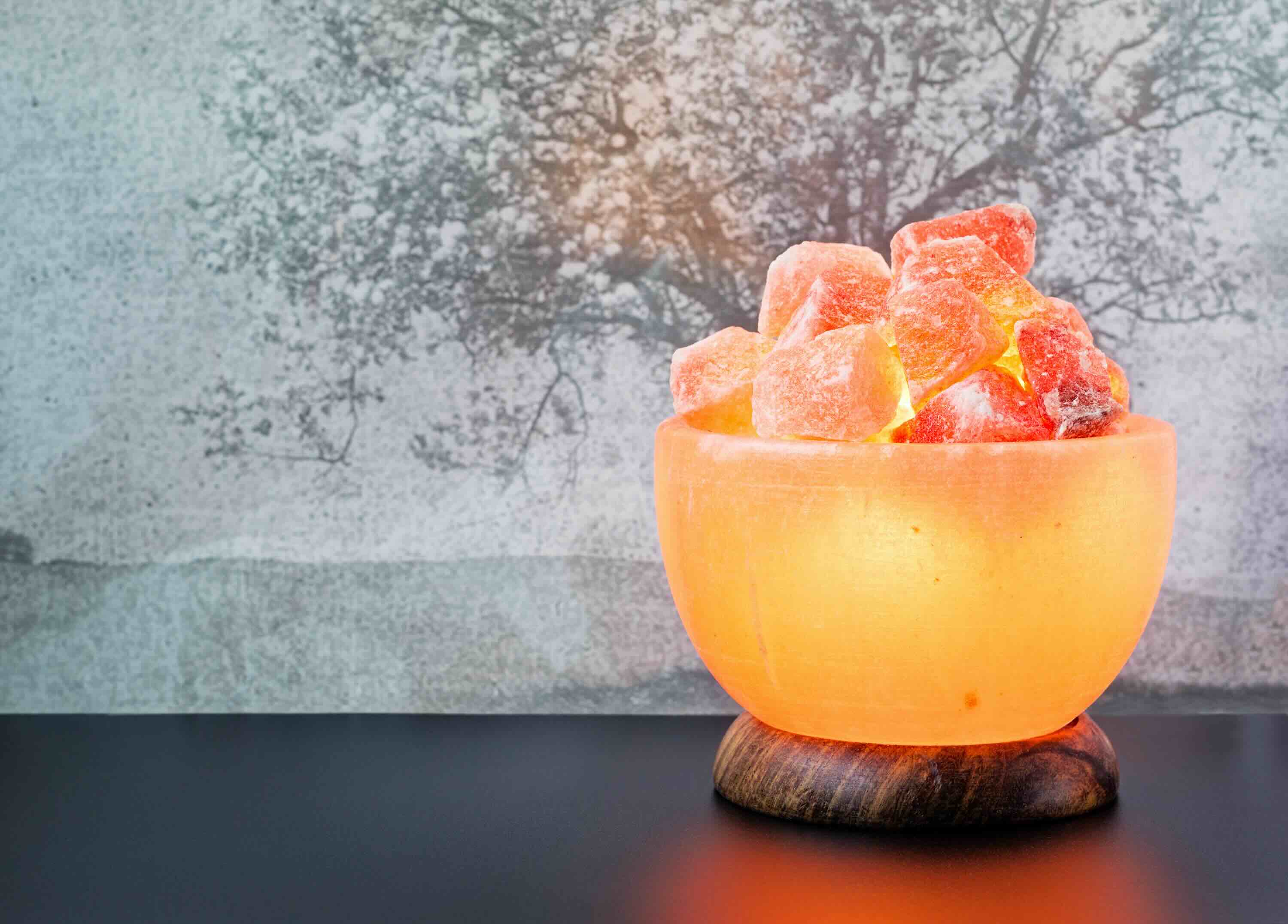
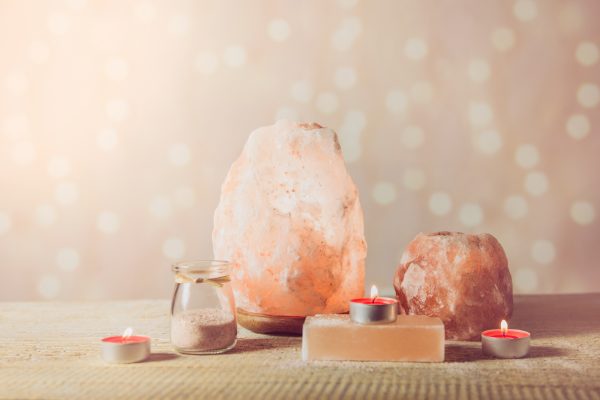
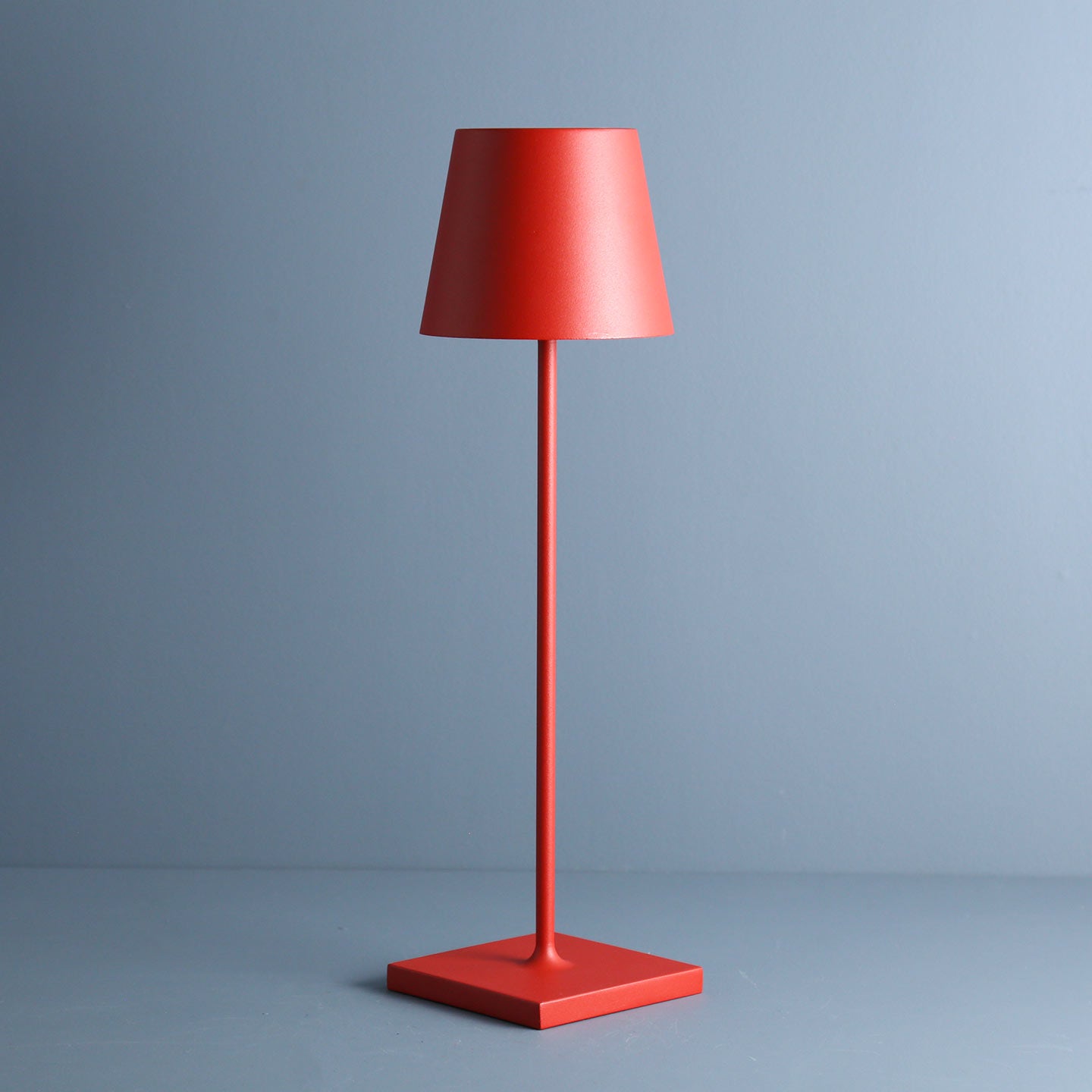
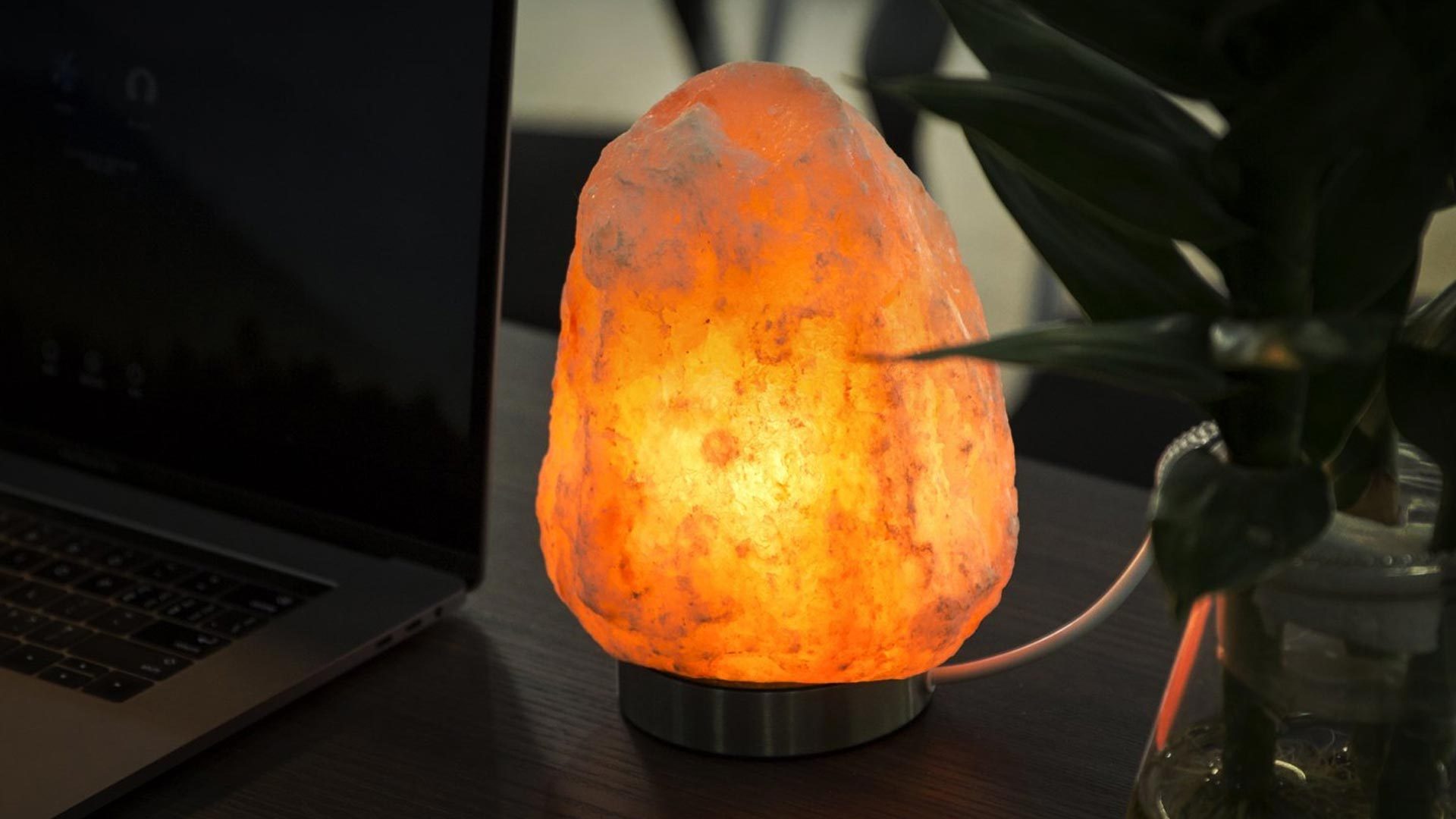
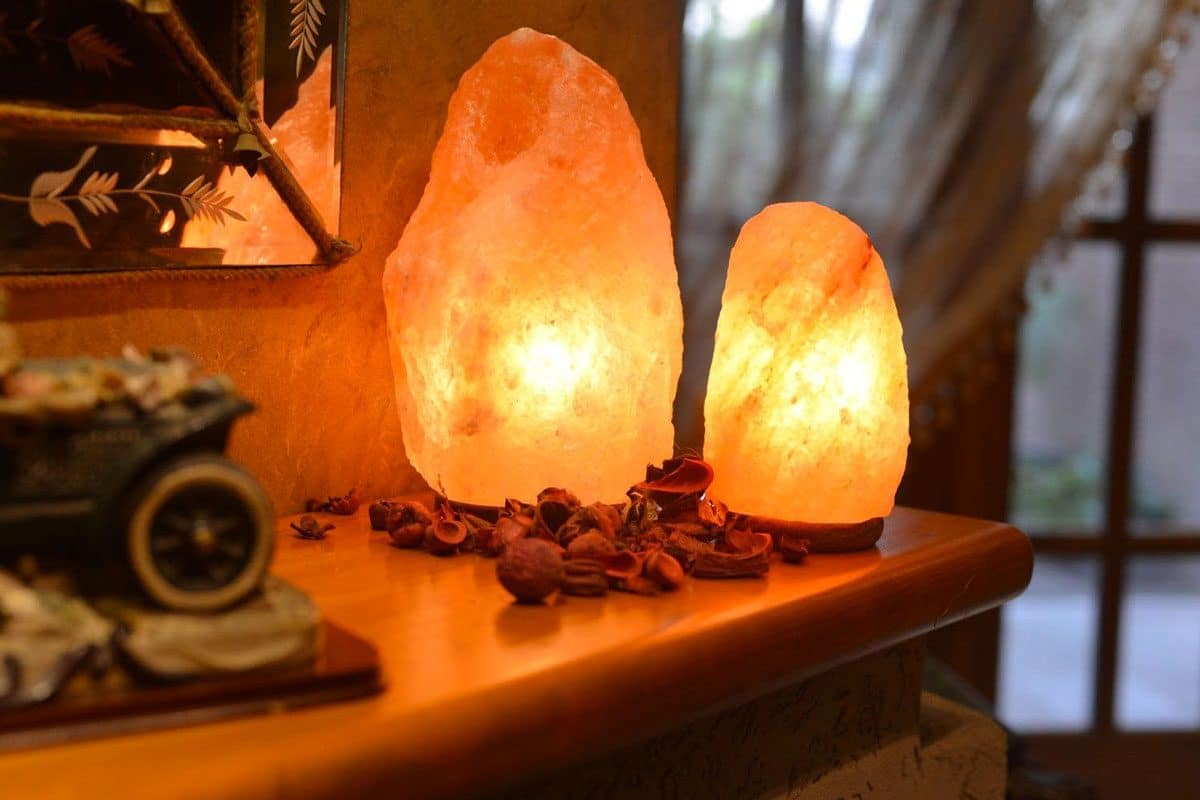
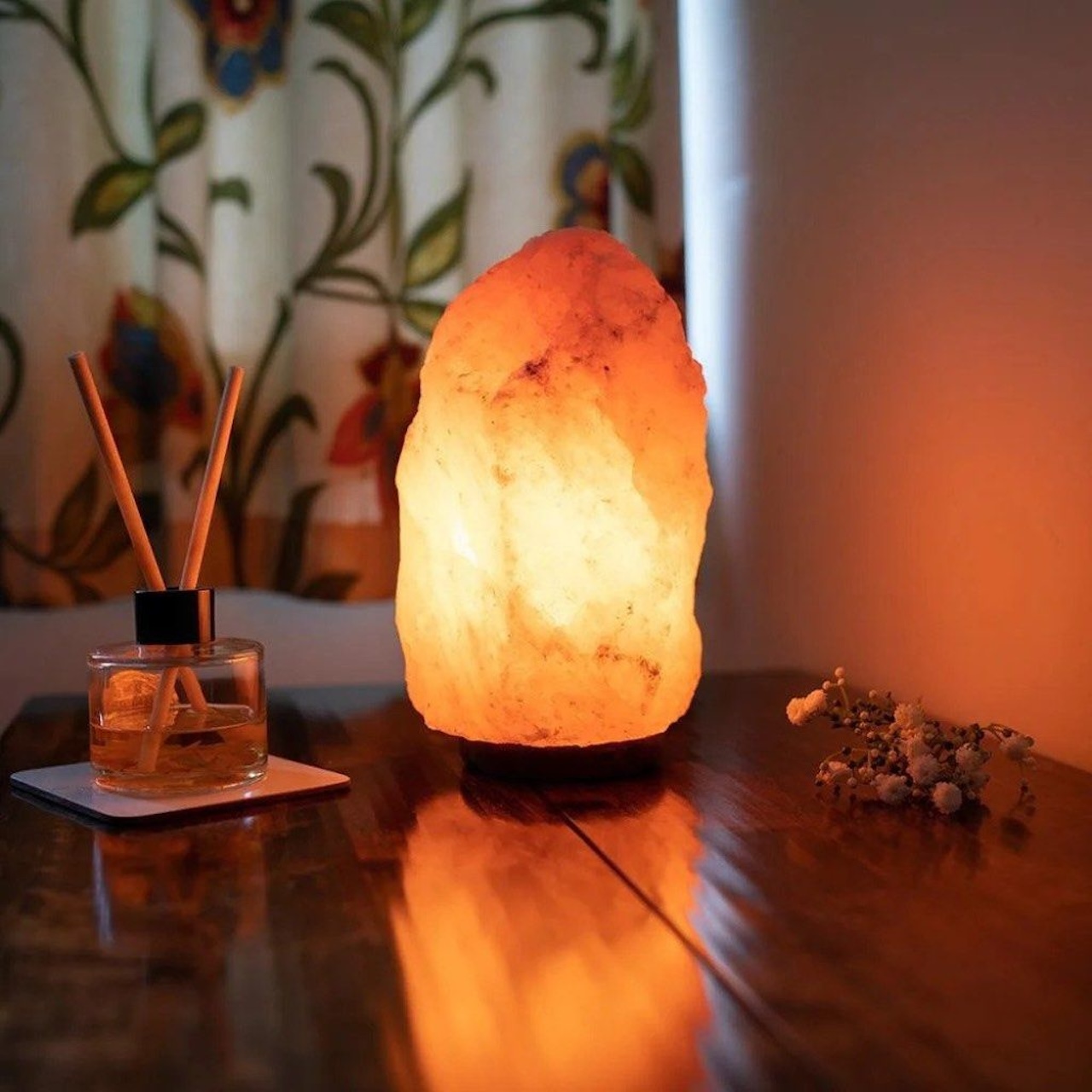

0 thoughts on “How To Choose A Salt Lamp”